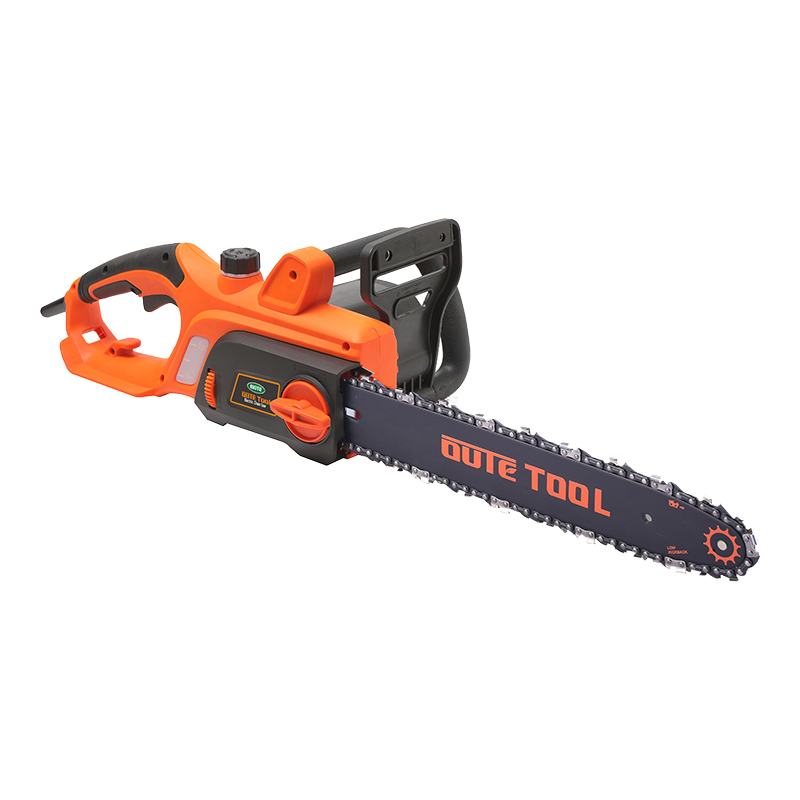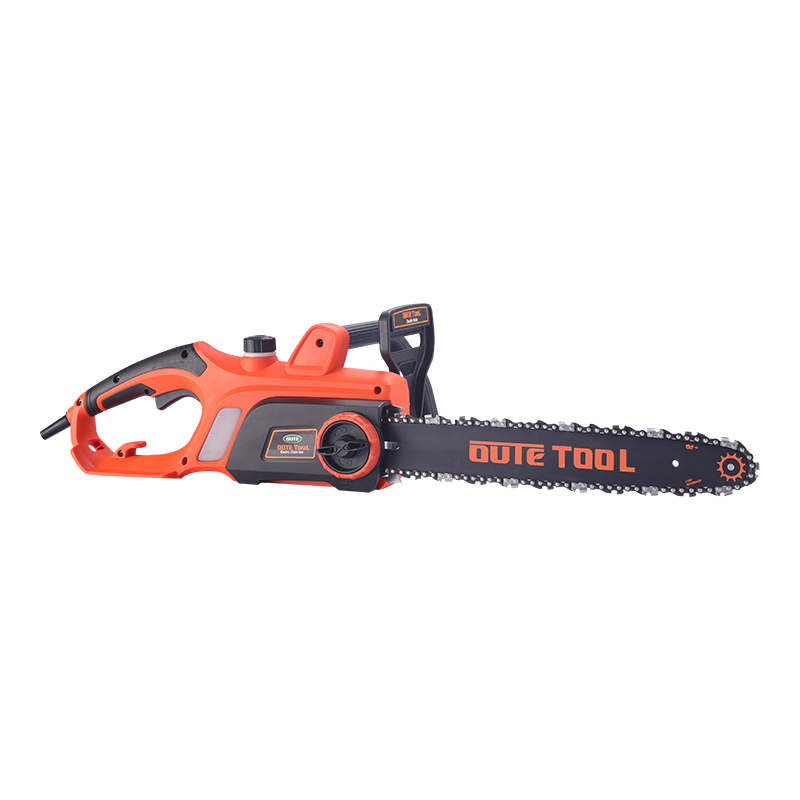The Structure and Features of an Electric Tiller
The electric tiller is a versatile gardening tool that has gained popularity due to its convenience and efficiency. In this article, we will delve into the structure and features of an electric tiller, highlighting its benefits for gardening enthusiasts. Whether you're a seasoned gardener or a beginner, understanding the key aspects of an electric tiller can help you make an informed decision about its usage and find the right electric tiller manufacturer for your needs.
Structure of an electric tiller:
An electric tiller consists of several essential components that work together to ensure smooth and effective operation. Firstly, the electric motor, which powers the tiller, is usually located near the handle. It provides the necessary torque to drive the tines or blades that dig into the soil. The handle serves as the control center, allowing the user to guide and maneuver the tiller effortlessly. The tines or blades, positioned at the bottom, are responsible for breaking up the soil, preparing it for planting or other gardening tasks. Additionally, the wheels attached to the frame facilitate easy movement and stability during operation.
Key features and functionalities:
1. Power and efficiency: Electric tillers are known for their reliable power output, thanks to the electric motor. This enables them to handle a wide range of gardening tasks, from tilling small flower beds to preparing larger vegetable gardens. The efficient electric motor ensures consistent performance without the need for manual effort.
2. Adjustable depth and width: Most electric tillers offer adjustable tilling depth and width, allowing users to customize the tiller's operation according to their specific requirements. This feature enables precise control over the tilling process, ensuring optimal results for different soil types and gardening needs.
3. Lightweight and maneuverable: Electric tillers are typically lighter than their gas-powered counterparts, making them easier to handle and maneuver. Their compact design and ergonomic handle enable users to navigate tight spaces and corners effortlessly, enhancing overall efficiency and user comfort.
4. Quiet operation: Unlike gas-powered tillers, electric tillers operate quietly due to their electric motor. This makes them ideal for use in residential areas where noise restrictions may apply. Quiet operation ensures a pleasant gardening experience without disturbing the surroundings.
5. Environmental friendliness: Electric tillers are considered more environmentally friendly compared to gas-powered alternatives. They produce zero emissions during operation, contributing to a cleaner and healthier gardening environment.
6. Choosing the right electric tiller manufacturer: When selecting an electric tiller, it is crucial to choose a reputable electric tiller manufacturer. Look for manufacturers that have a proven track record of producing high-quality and durable electric tillers. Consider factors such as warranty, customer reviews, and after-sales support to ensure a satisfactory purchase experience.







